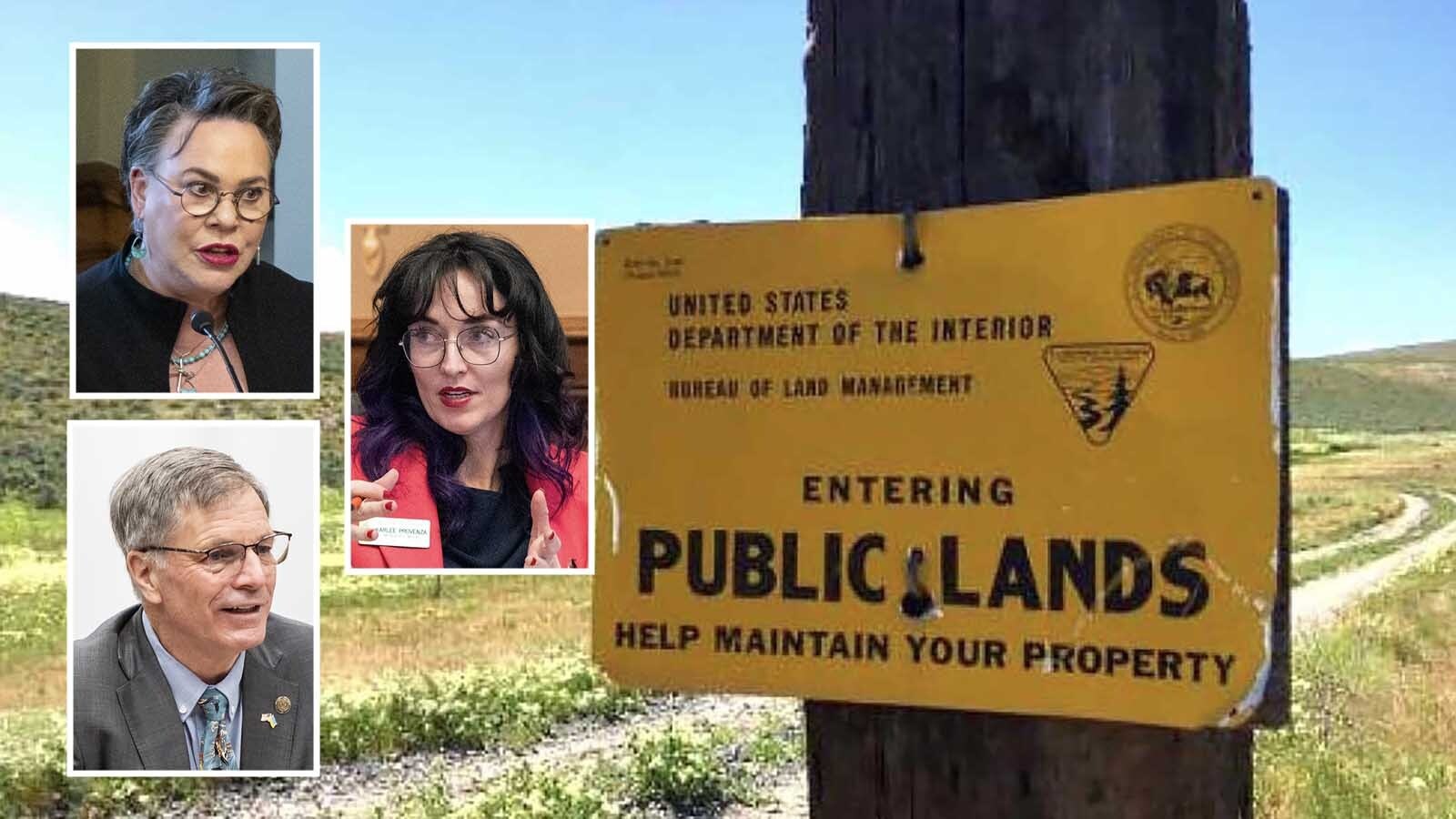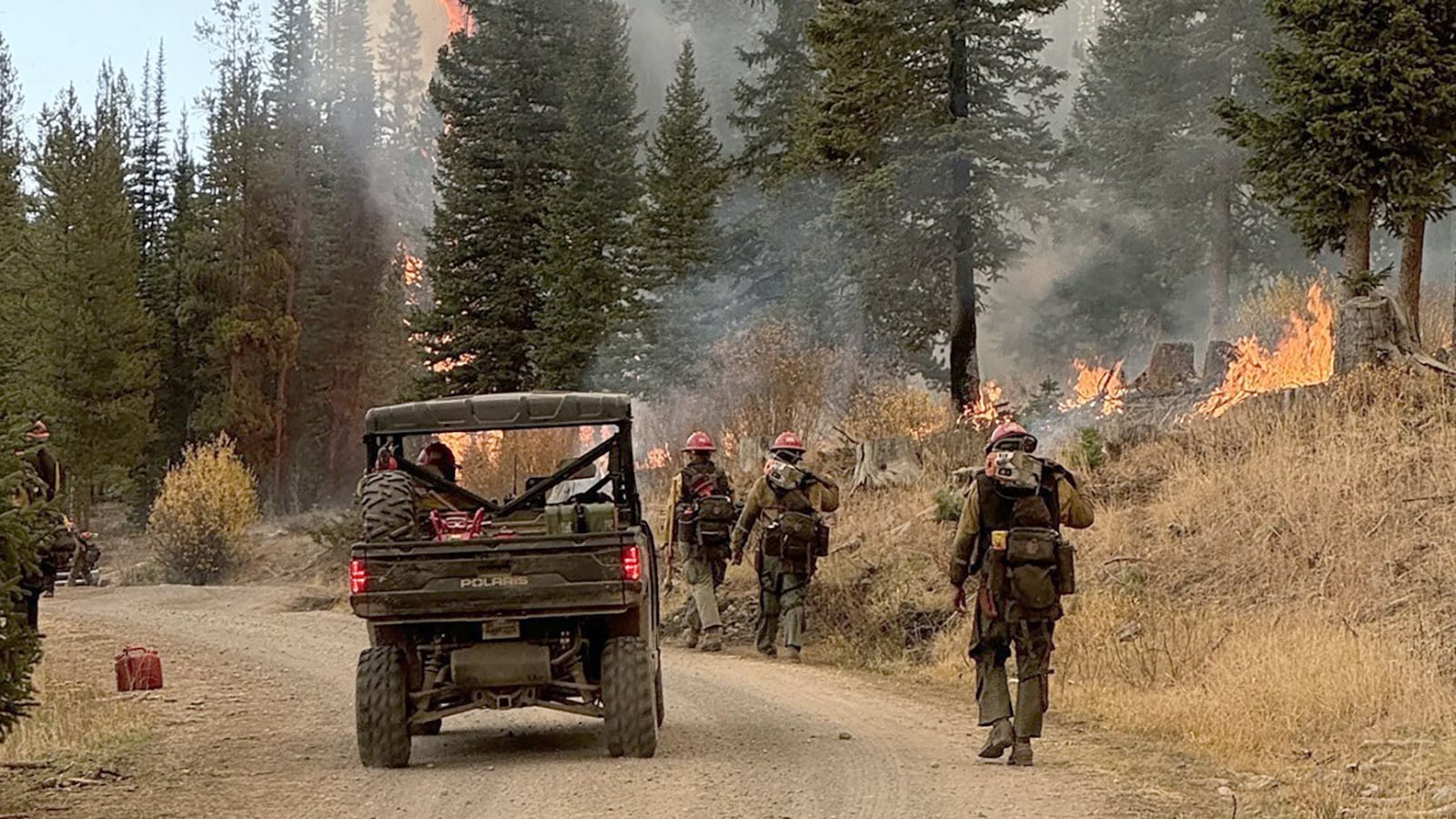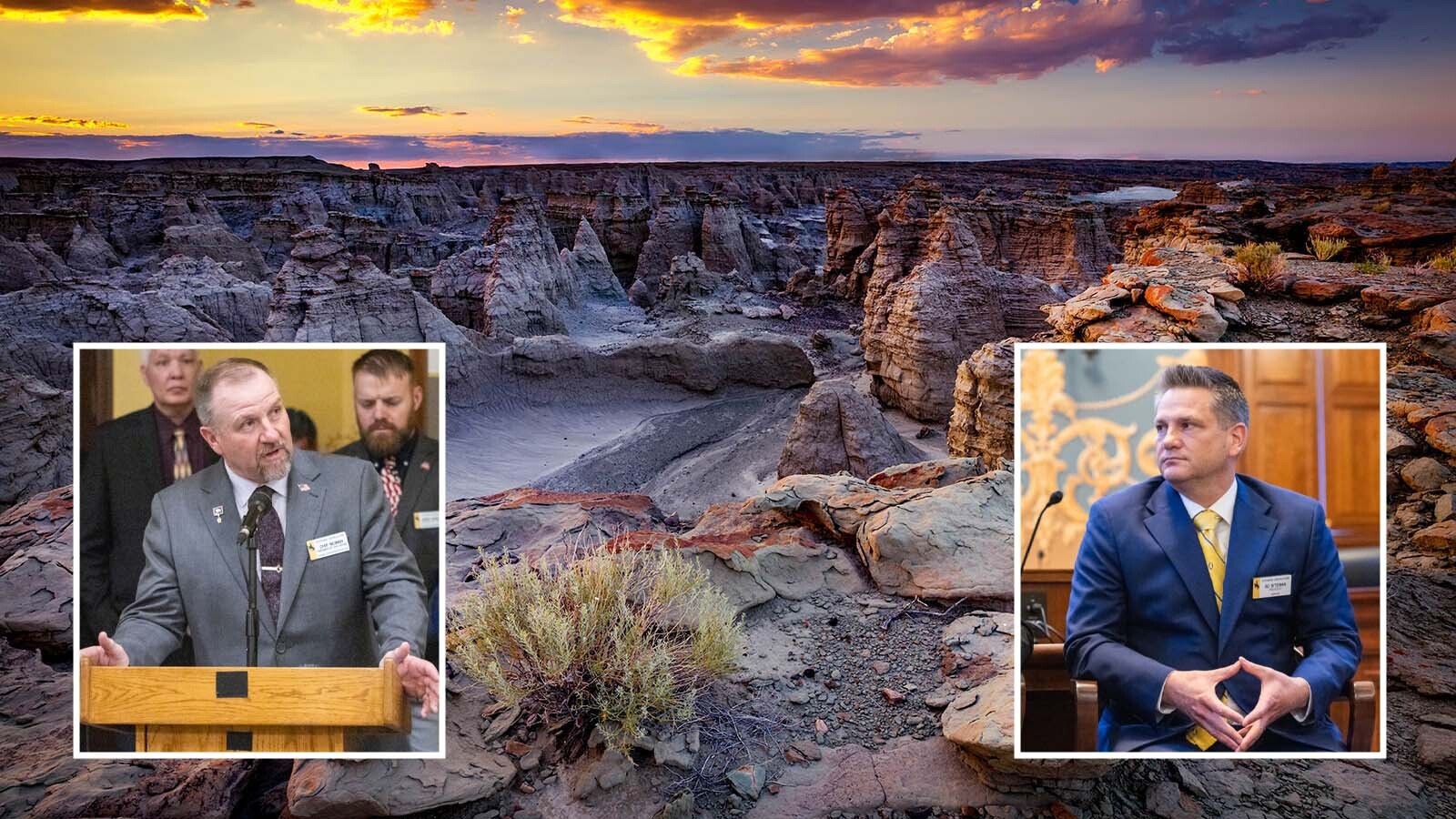By Ike Fredregill, Cowboy State Daily
A congressional act going into effect June 6 could make it easier for Wyoming veterans to access the health care providers of their choice. The Mission Act will replace the Choice Act of 2014, which was adopted as the congressional response to extreme wait times experienced by veterans seeking medical care through the Department of Veterans Affairs.
“The Choice Act was a three-year law, which was intended solely for the purposes of pulling the VA into a newer era of community care,” said Sam House, a Cheyenne VA Medical Center spokesperson. “Then, President (Donald) Trump extended it for a year. The Mission Act, however, does not have a sunset, so it will be in place until Congress decides to remove it.”
With the Choice Act, veterans could seek primary and mental health care services from a local health care provider rather than from a VA facility if they lived outside a 40-mile radius of a VA medical center or could not schedule an appointment with their primary care provider at the VA within 30 days.
The Mission Act reduces those standards to a wait time of 20 or more days or a drive time of more than 30 minutes.
“They are not using specific matrix to look at drive times, but rather looking at the average drive time and taking into account heavy traffic periods,” House explained. “A guy living in Denver could live 5 miles from the VA, but it might take him 45 minutes to get there.”
For specialized care, the new act reduces the veterans’ wait time to be eligible for services at non-VA facilities from 30 days to 28 and changes the 60-mile radius requirement to a 60-minute radius.
“Congress is focusing on ensuring our vets are getting the best possible care as quickly as they need it,” House said.
Enhancing programs
In addition to easing access requirements, the Mission Act seeks to improve services already in place such as tele-health options, caregiver programs and VA infrastructure.
“The Mission Act streamlines and improves community care,” House said. “It establishes a new urgent care benefit for our veterans, and it expands caregiver eligibility.”
When the Choice Act was implemented, veterans were given the opportunity to seek healthcare providers outside VA facilities, which is referred to as community care, he said.
The VA’s internal software, however, did not communicate with the myriad programs used by health care providers outside its facilities. Simple tasks such as transferring medical records and authorizing payments required mountains of paperwork as well as numerous case-worker hours, House explained. The Mission Act seeks to streamline the process through installing new software, HealthShare Referral Manager (HSRM).
“HSRM is an end-to-end healthcare referral system,” said Josh Benavente, Cheyenne VA Community Care supervisor. “That’s where the VA will build our authorizations for payments and providers can submit medical records.”
The new system goes live in June.
“The biggest problem it’s fixing is previously we were relying on too many outdated programs to get information to and from community providers,” Benavente said. “It allows the VA to communicate with community providers faster and easier.”
Eligibility for the VA’s caregiver program is also slated to expand to include veterans from all eras of service. The expansion is scheduled to roll out during the next two years, starting with veterans who were injured on or before May 7, 1975.
On the tele-health front, the act could facilitate community partnerships in rural areas to increase long-range, video and phone healthcare-conferencing accessibility, House said.
“What the Mission Act will do is strengthen our ability and reason for going into communities to establish a centralized tele-health port,” he explained. “We have a number of veterans that don’t have internet capability, but they want to stay with the VA and can’t make the trip to the Cheyenne VA every time.”
One such program could soon provide veterans living near Saratoga an opportunity to use equipment at the Saratoga Care Center to access Cheyenne VA tele-health programs, House added.
Bureaucracy
As June 6 rounds the corner, House said the VA is racing to ensure the transition is smooth.
“It’s been a mad rush for all of the VA to be trained by June 6,” he said. “There are so many pieces and parts to the act.”
Despite more programs and enhanced services, House said the act will not likely lead to an increase of staffing at the Cheyenne VA.
Cowboy State Daily talked to several veterans who were unaware of the changes coming to the VA, but most said they would like the Mission Act to make it easier for veterans living in rural Wyoming to enter the community care program.
“The Choice Program didn’t work too well because of all the bureaucracy,” said John Hursh, a Laramie resident and former captain in the U.S. Marine Corps Reserve. “So, I’m hoping the Mission Act can fix some of that.”





